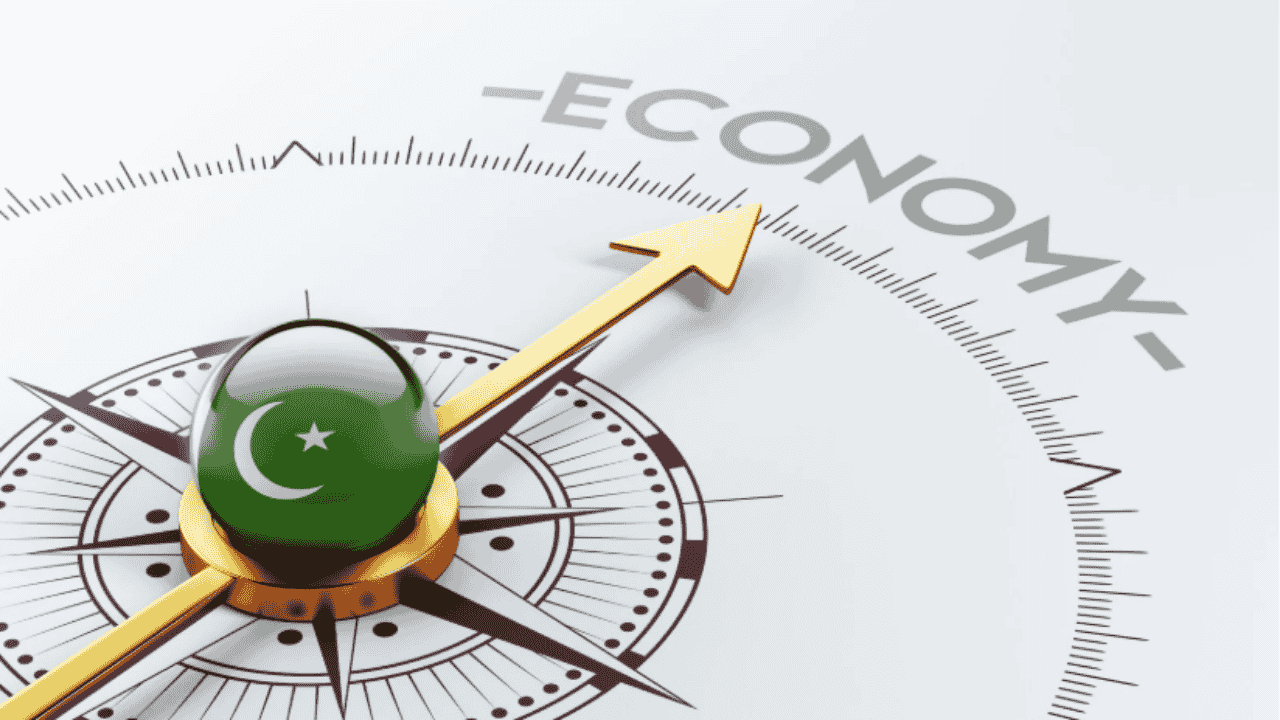By Abdul Ghani
Pakistan’s economy is showing surprising strength in the first months of FY2026, even after severe flood damage.
According to the Finance Division’s Monthly Economic Update & Outlook – September 2025, industries are bouncing back, inflation is easing, government finances are improving, and remittances are providing key support.
Large-Scale Manufacturing (LSM) grew 9 percent in July 2025 compared to last year. Out of 22 sectors, 16 expanded, with the automobile industry leading the way.
Car production surged 100.9 percent, trucks and buses rose 69.5 percent, and jeeps and pickups increased 50.1 percent.
The cement industry also performed well, with dispatches up 20.9 percent to 7.847 million tonnes, including a 51.3 percent jump in exports.
Agriculture Still Under Pressure
The agriculture sector faced challenges after floods damaged Kharif crops and livestock. Despite this, agricultural credit increased 19.5 percent to Rs.404.2 billion in July–August, while farm machinery imports jumped 66.7 percent to $29.4 million.
Fertilizer demand remained strong, with urea up 12.4 percent and DAP up 8.7 percent compared to last year.
Inflation dropped to one of the lowest levels in recent years. The Consumer Price Index (CPI) averaged 3.5 percent in July–August FY2026, down from 10.4 percent last year.
In August alone, CPI was 3 percent, compared to 9.6 percent a year earlier. Perishable food prices fell 21.6 percent, giving relief to consumers. However, costs for education (up 10.9 percent) and health (10.6 percent) stayed high, showing uneven pressure across sectors.
Fiscal Health Improves
Pakistan achieved an eight-year low fiscal deficit and a 24-year high primary surplus in FY2025.
This trend continued into July FY2026. Net federal revenues rose 7.7 percent to Rs.440 billion, and Federal Board of Revenue collections increased 14.1 percent to Rs.1,661.5 billion during July–August. Non-tax revenues grew 23.9 percent, led by petroleum levies and dividends.
Government spending rose nearly 29 percent to Rs.990.1 billion, but the fiscal deficit stayed at just 0.2 percent of GDP. The primary surplus doubled to Rs.228.9 billion.
Exports grew 10.2 percent to $5.3 billion in July–August, led by knitwear (16.9%), bedwear (12%), and garments (10.6%).
Service exports rose 11.5 percent to $1.4 billion, while IT exports jumped 18.3 percent to $691.7 million. Imports increased 8.8 percent to $10.4 billion, driven by petroleum products (up 17.8%) and palm oil (up 29.1%).
The trade deficit widened to $5.1 billion, and the current account deficit reached $624 million.
Remittances and Foreign Investment
Remittances grew 7 percent to $6.4 billion, with Saudi Arabia contributing 24.6 percent and the UAE 20.6 percent.
Foreign direct investment reached $364.3 million, mainly in power ($156.9 million) and financial services ($110.2 million). However, portfolio investments fell, leaving overall foreign inflows in negative territory.
The central bank kept the policy rate at 11 percent, noting easing inflation but warning of flood risks. Money supply contracted 2.3 percent in July–August, and the government retired Rs.2.3 trillion in borrowing.
The Pakistan Stock Exchange surged, with the KSE-100 Index rising to 162,257 by late September and market capitalization reaching Rs.19.04 trillion ($67.7 billion).
Worker registrations for overseas jobs fell 18.7 percent in August. At the same time, domestic social programs expanded.
The Pakistan Poverty Alleviation Fund distributed Rs.899 million in 17,583 interest-free loans in August, bringing total disbursements since 2019 to Rs.120.3 billion.
The Benazir Income Support Programme also signed an MoU to train 3,000 beneficiaries in market-ready skills.
Global Outlook and Risks
Fitch Ratings projected global growth at 2.4 percent for 2025, with emerging markets catching up to developed countries.
Commodity prices showed mixed trends — oil and natural gas fell, while fertilizers and precious metals rose.
The Finance Division noted that Pakistan’s economy remains broadly stable despite floods. Industrial recovery, rising remittances, fiscal discipline, and moderating inflation are supporting growth.
Yet, external pressures, reliance on imported oil, and climate risks remain significant challenges. Inflation is expected to stay between 3.5–4.5 percent in September, while industry, remittances, and fiscal management continue to support the economic outlook.
Author Profile






